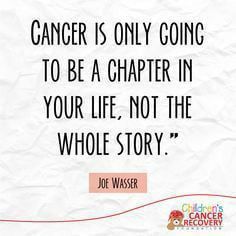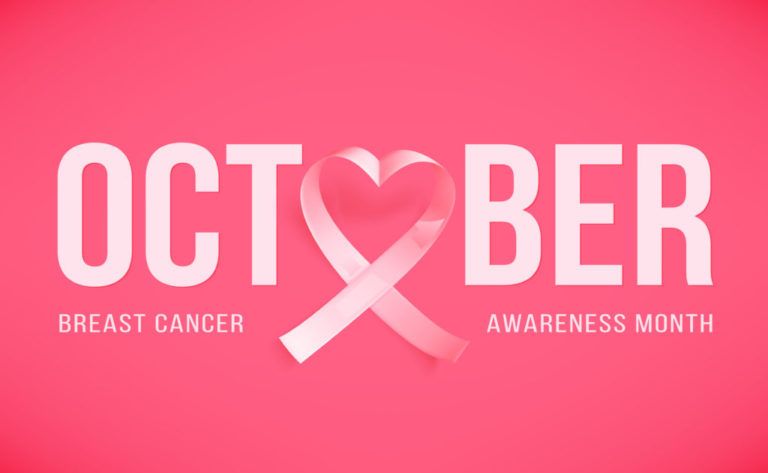"Even though young women represent a minority of patients, they need specific follow-up because of medical issues that impact their quality of life. The menopause induced by hormone therapy should not be minimized. Hereditary cancers, which are more aggressive, should be the subject of dedicated monitoring. "
- Prof. Jean-Yves Pierga, Head of the Oncology Department at the Institut Curie.
Breast cancer is a malignant tumor of the mammary gland. In other words, it is a cancer that starts in the cellular units whose function is to secrete milk, the ducto-lobular units of the breast, mainly in women. 8 out of 10 breast cancers occur after the age of 50.
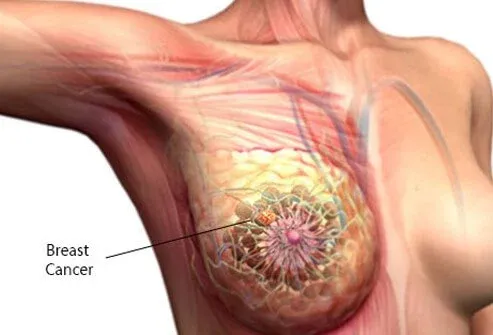
Breast Cancer is the 1st cancer in women , and the second leading cause of cancer death among them in U.S after lung cancer .
Breast cancer is not a contagious or infectious disease. Unlike some cancers that originate from an infection, such as cancer of the cervix which can be due to the human papillomavirus (HPV), we are not aware of a viral or bacterial infection that would be related to the development of breast cancer.
Almost half of breast cancers start in women who do not have a noticeable risk factor, other than their gender (female) and age (over 40).
Certain factors increase the risk of breast cancer, including age, obesity, alcohol abuse, family history of breast cancer, exposure to radiation, gynecological history (age of first pregnancy , menarche, menopause etc.) , smoking and post-menopausal hormonal treatment.
To reduce the risk of breast cancer, you can adopt certain behaviors and take certain measures such as:
- prolong breastfeeding
- exercise regularly
- watch your weight
- avoid abusing alcohol
- avoid exposure to tobacco smoke
- avoid taking prolonged hormone therapy
- avoid excessive radiation exposure.
Africa has one of the highest breast cancer death rates. The women who die from this disease are young and Cancer examinations and treatments are not accessible to everyone.
Risk factors :
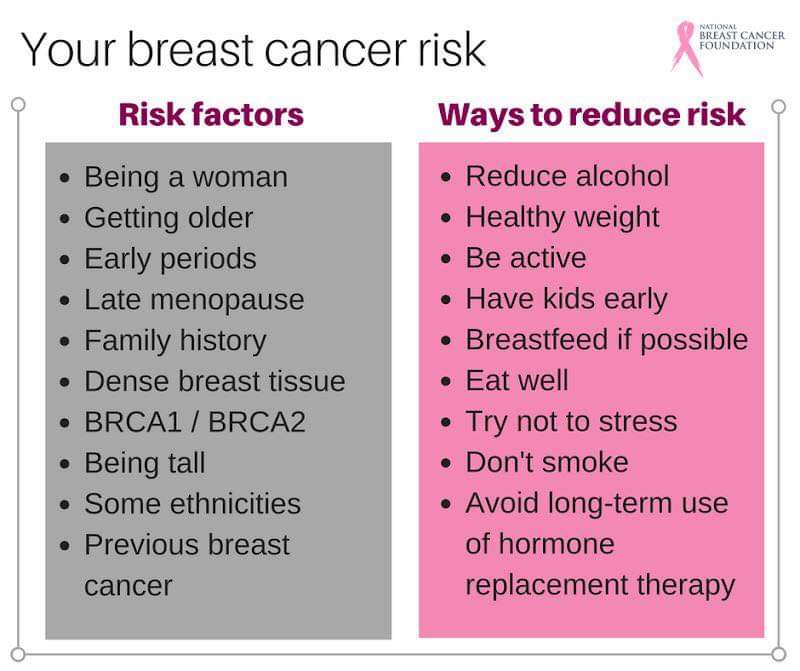
- Sporadic (non-familial) cancers : 5 to 10% of breast cancers diagnosed are genetically predisposed breast cancers. it could be prevented by a change in lifestyle.
Many molecules seem to be able to trigger or promote breast cancer; concerning the mechanisms involved: An inhibition of the DNA damage response system could be involved in half of breast cancers, especially those that are initiated or facilitated by hormones used for hormonal treatments of menopause. A protein (Akt1) is overexpressed in 50% of sporadic breast cancers.
Activation of AKT1 effectively results in inhibition by sequestration of the BRCA1 protein in the cytoplasm; however, if this protein can no longer penetrate and circulate in the nucleus, the DNA is no longer repaired (as in the absence of the BRCA1 gene in the case of many hereditary cancers). AKT1 is also activated by hormones suspected of causing breast cancer (chronically in women on long estrogen-based hormone therapy). In this case, the non-mutated BRCA1 gene may be disrupted, resulting in an increased risk of breast cancer.
another protein; “CK2 protein kinase” (an enzyme important for epithelial cell plasticity), appears to be involved in the progression of these cancers; the alteration of the activity of this protein is accompanied by a transformation of epithelial cells into cancer cells (more mobile and a source of metastases).
2. Hormonal causes (hyperestrogenemia):
Breast cancer is often a hormone-dependent cancer: factors that increase estrogen levels are therefore at risk. Basically, the risk of breast cancer increases with the number of menstrual cycles, whether artificial (estrogen-progestogen pill) or natural. Hormone replacement therapy for menopause significantly increases the risk of developing breast cancer. Late menopause and precocious puberty work by increasing the number of menstrual cycles and therefore estrogen levels.
Pregnancy acts as a vaccine against estrogen. The earlier this first pregnancy occurs, the better it acts.
3. Endocrine disruptors & Obesity :
The Synergy between cancer and obesity or overweight For reasons that are poorly understood, obesity increases the risk of breast cancer, and in particular of the rapid proliferation of this cancer. This has been demonstrated in vivo as well as in vitro; thus, when tumor cells (murine or human) are cocultured with mature adipocytes, the latter increase the invasive capacities of the cancer. In general, obesity would double the risk of breast cancer. Obesity, by increasing the amount of fatty tissue, increases the level of estrogen in the blood by activating an enzyme called aromatase. This in fact converts androgen-type hormones into estrogen. This continues after menopause; One study showed the increased risk of breast cancer in postmenopausal women based on their weight gain.
Numerous studies have shown that consuming alcohol (whatever it is; wine, beer or hard liquor) increases the risk of breast cancer. This risk is increased by an average of 30% for three glasses of alcohol per day. Meta-analyzes have confirmed the role of alcohol in the genesis or facilitation of breast cancer. One study found this risk to be overestimated, but it was refuted by a meta-analysis based on 98 case-control and prospective studies.
Breast cancer is often associated with low levels of vitamin D (deficiency or insufficiency in 78% of cases according to a study of 145 patients). An excess mortality from cancer (including breast cancer) in African Americans is attributed to their skin pigmentation, which blocks more ultraviolet rays than necessary at these latitudes and significantly hinders vitamin D production. A French study of the evolution over 10 years of nearly 68,000 women confirmed the importance of the link between vitamin D deficiency and the onset of breast cancer. Analysis of the UV exposure index in these women showed that only those who were most exposed to UV achieved sufficient protection against breast cancer for food intake to have a measurable impact; for all the others, the INSERM team concludes that, the further north you live, the more difficult it is to reach this vitamin D threshold, which protects against breast cancer.
What about Breast Cancer in MEN ? is it even possible ?
1% of breast cancer is developed by a man. At the same stage, the prognosis is identical. Nevertheless, the mammary gland in men is very small, the diagnosis is often late, so there are many more cancers detected at an advanced stage, accompanied by skin involvement or deep planes (T4). The risk of contracting breast cancer is increased in men with a family history of breast cancer, especially when there is a mutation in the BRCA1 and BRCA2 genes.
Mammography VS Echography ?
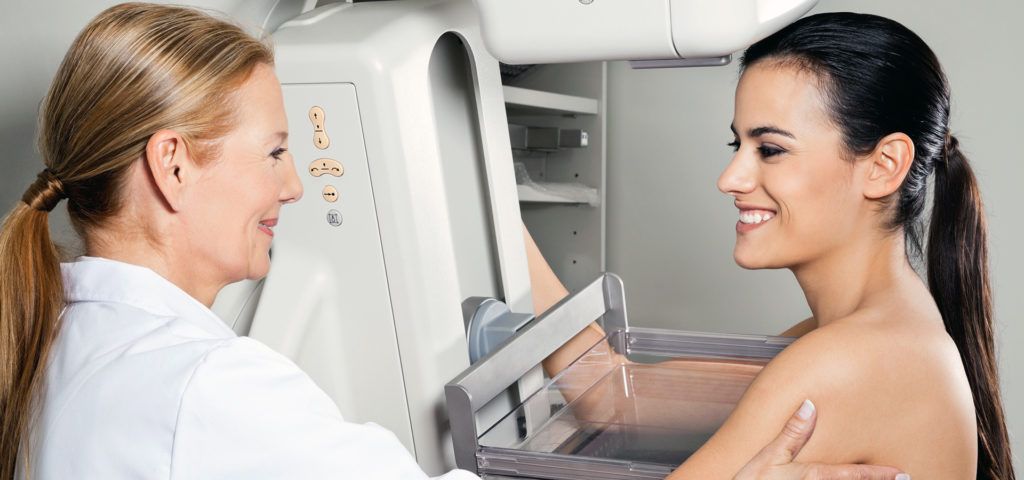
The unfavorable results of breast cancer screening (echo) in women under the age of 50 in terms of overall mortality and breast cancer-related mortality are attributed, in part, to increased density of breast tissue. Unlike mammography, ultrasound can look for small, non-calcified breast cancers. The denser the breasts, the more efficient the ultrasound for screening
Early in their development, breast tumors cause few symptoms. The more they develop, the more they manifest themselves. Should alert you:
- The appearance of a lump (lump) in the breast or armpit Breast deformity
- A change in the texture or pigmentation of the skin of the breast or areola
- The appearance of abnormal discharge from the nipple
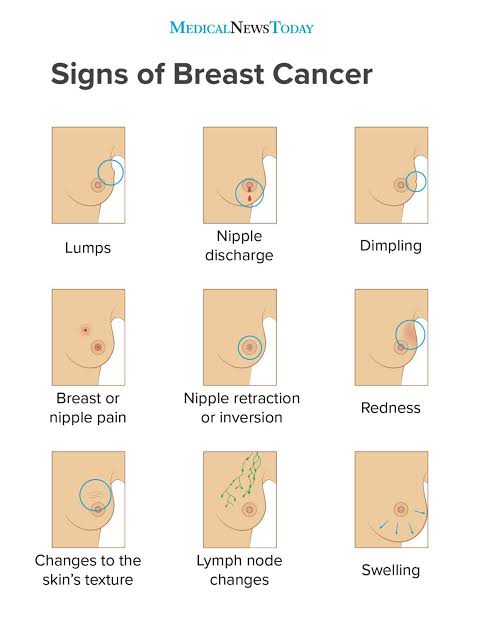
If in doubt, do not hesitate to consult your doctor or a gynecologist. These symptoms can also correspond to benign pathologies and only a professional can tell the difference, most often thanks to the results of additional examinations.
